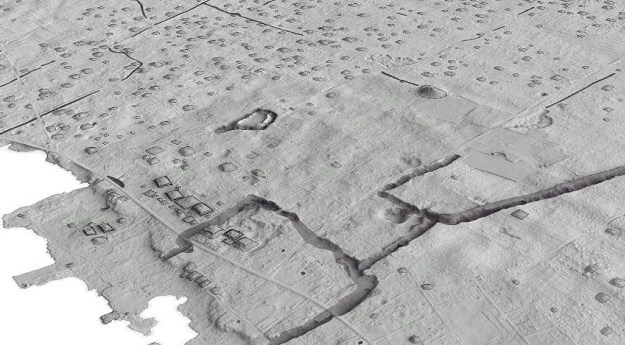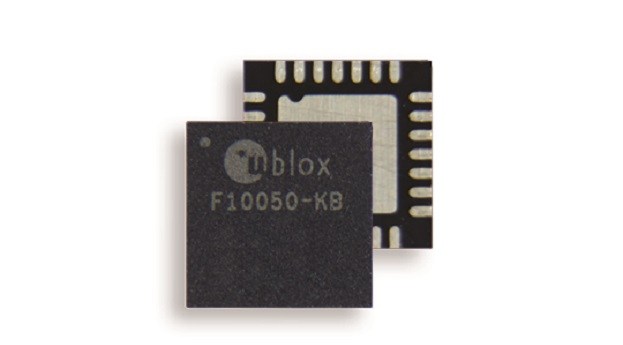E-GEOS has become a Google enterprise imagery partner in Italy. The company is a subsidiary set up by the Telespazio Group and the Italian Space Agency. It will develop and distribute geospatial solutions based on Google Earth Enterprise (GEE) technology. E-GEOS is the exclusive distributor of the COSMO-SkyMed radar satellite constellation. Its clients will now […]
Search results for "gita"

Geospatial Information & Technology Association
The Geospatial Information & Technology Association (GITA) is a worldwide not-for-profit organisation that provides excellence in education and information exchange on the use and benefits of geospatial information and location-aware technologies for asset and infrastructure management. GITA holds regional seminars and workshops throughout Australia and New Zealand.

Remote Sensing Market Continues to Grow
The global civil and commercial remote sensing satellite market will be worth $16 billion by 2019, according to projections by US market intelligence firm Forecast International. And over the coming decade, it says, more than 100 individual remote sensing satellites will be launched. The projections are contained in a report titled The Market for […]

Applanix POSTrack 3.0
Applanix has released version 3.0 of POSTrack, its direct geo-referencing and flight management system. This version incorporates a worldwide ASTER digital elevation model product for flight planning. The DEM automatically determines an aircraft’s optimal flight path to best meet image acquisition requirements – such as photo scale, ground sample distance and image overlap. […]

Virtual Brisbane for 3D City Planning
JONATHON POWERS The world of 3D visualisation is rapidly maturing, at least in applications designed for city planning. This is not so much about the model itself. Practical 3D modelling capability has been around for the best part of two decades. Rather, it’s about the interfaces that now exist between GIS and visualisation, and the […]

Mapping the Ocean Floor
JON FAIRALL It’s a truism that the surfaces of Mars and the Moon are better mapped that the surface of the Earth. Three-quarters of our globe is covered by a layer of water several kilometres thick. Mapping through the murk is difficult and expensive. However, the news is not all bad. New technologies are making […]

Air Traffic Control Moves to GNSS
About ten years ago it became clear that in many parts of the world airspace was approaching saturation point. Air transportation was plagued by delays, and safety had begun to be compromised. The existing outmoded groundbased radar systems, already stretched to the limit, were hardly able to cope. In the US, there are around 50,000 […]

Laser Scanning for Mine Safety
SIMON ARTHUR and DAVID ELDRIDGE In an effort to enhance mine safety, the management of Beaconsfield gold mine, at Beaconsfield in north eastern Tasmania, has purchased a new laser scanning system. It can rapidly scan the underground workings. What’s more, it is remote-controlled, so the operators are never exposed to danger. Historically, Beaconsfield’s mine surveying […]

Choosing an Airborne Laser Scanner
WAL MAYR Airborne laser scanning is a relatively recent technology that has revolutionised the capture of terrain information. It involves the emission and measurement of laser pulses from an airborne scanner. Until recently, it was mainly used to capture large areas of relatively low-resolution digital terrain data. However, in the past few years a range […]

Earthquake Prediction After Sichuan
PAUL GRAD A massive earthquake hit China’s Sichuan Province on 12 May. As aftershocks and landslides threatened further loss of life and property damage, a team from the University of New South Wales joined several other organisations to provide detailed satellite images of the affected area. The earth tremor was of magnitude 8.0 on the […]









